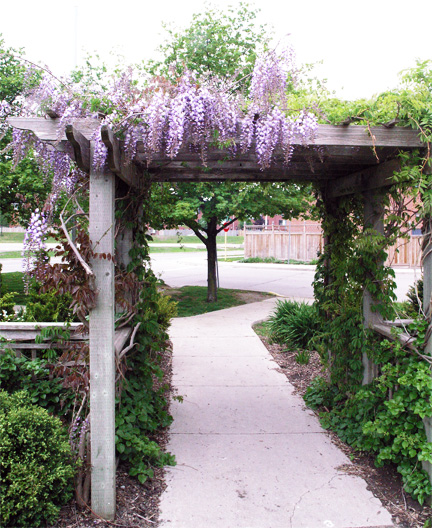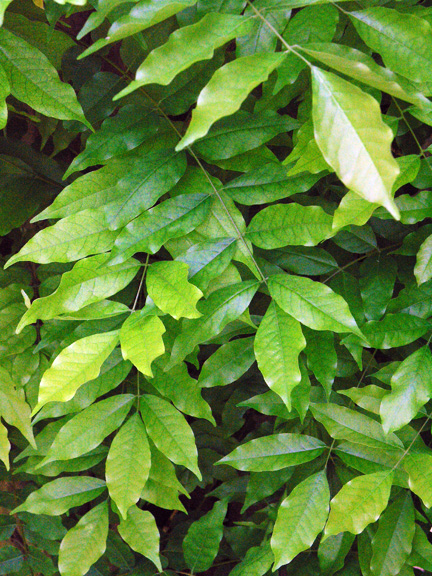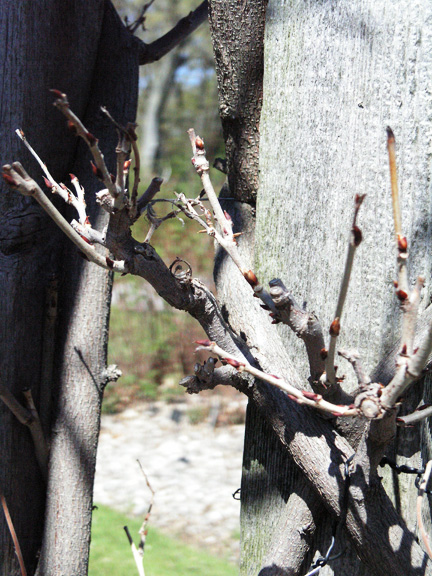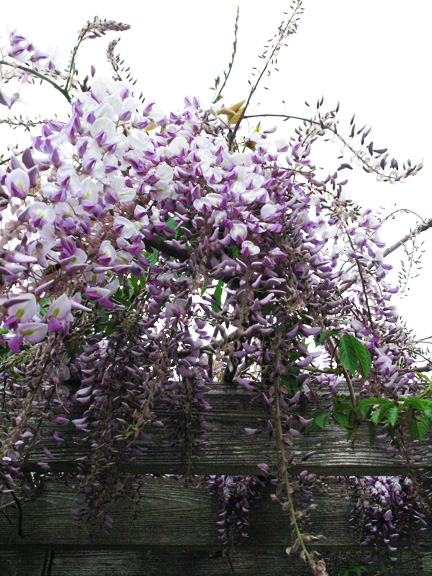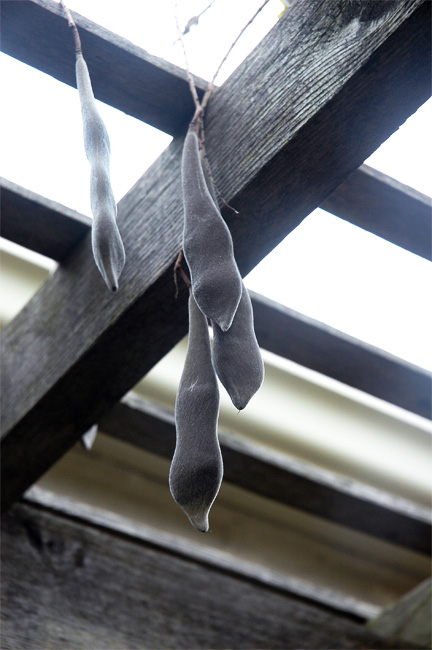
Woody > Wisteria > Wisteria floribunda > Wisteria floribunda
Wisteria floribunda
Japanese Wisteria
Origin: Japan, introduced to America in 1830 by settlers.
Mike's
Opinion


"
A brilliant vine, well worth the work, great as an embellishment in a residential backyard or as a specimen in a garden.
Michael Pascoe, NDP., ODH., CLT., MSc. (Plant Conservation)
"
| Family |
| Fabaceae |
| Genus |
| Wisteria |
| Species |
| floribunda |
| Category |
| Woody |
| Type |
| Vine |
| Pronunciation |
| USDA Hardiness Zone |
| 5 - 9 |
| Canadian Hardiness Zone |
| 4 - 9 |
| RHS Hardiness Zone |
| H7 |
| Temperature (°C) |
| -29 |
| Temperature (°F) |
| -20 |
| Height |
| 7.5-15 m |
| Spread |
| 7.5-15 m |
Photographs
Description and Growing Information
Flowering Period
| General Description |
| Vigorous, beautifully flowering vine with clockwise twining stems. Great for growing on large structures or trained into a standard form. |
| Landscape |
| Outstanding flowering vine; excellent for walls and pergolas. |
| Cultivation |
| Require considerable care; can be found strangling structures/other plants. Needs pruning (and root pruning) in late winter or after flowering. Needs ample support with metal pipe or stout timber. |
| Shape |
| Stout vine, climbs by twining stems clockwise. |
| Growth |
| Fast |
| ID Characteristic |
| Quite similar to W. sinensis. Leafs out two weeks before W. sinensis and may be injured by late spring frosts. W. floribunda stems twine clockwise while W. sinensis twine counterclockwise. |
| Pests |
| Susceptible to many; leaf spots, stem canker, root rot, Japanese mealybug, fall webworm, and crown gall to name a few. |
| Habitat |
| Anywhere with deep, moist, well-drained loam. A vigorous grower where naturally occurring (south). |
| Bark/Stem Description |
| Greyish colour on old trunks, smooth and sometimes with irregular rounded, lengthwise ridges. |
| Flower/Leaf Bud Description |
| "Narrowly oblong, come to a point. Three outer scales, one surrounding the entire bud. Reddish brown and pubescent. |
| Leaf Description |
| Alternate, pinnately-compound, 25-38 cm long. Rounded at base and come to a point. Leaves are bright green and typically late to leaf out. |
| Flower Description |
| Long, pendulous clusters of violet or violet-blue, fragrant flowers in late spring. Perfect, open from base to apex. Individual flower 13-19mm long. |
| Fruit Description |
| Long, brown, velutinus pod persisting from October into winter. 10-15 cm long. |
| Colour Description |
| Leaves occasionally turn butter yellow in autumn, new growth often bronze or purplish. |
| Texture Description |
| Medium in leaf, somewhat course in winter. Bark medium. |
| Notable Specimens |
| The Gardens of Fanshawe College, London, Ontario, Canada. The A. M. (Mac) Cuddy Gardens, Strathroy, Ontario, Canada. |
| Propagation |
| Seeds germinate without treatment, collect seed in autumn and sow directly; soak for 24 hours if dry. June/July cuttings rooted without treatment. |
References
